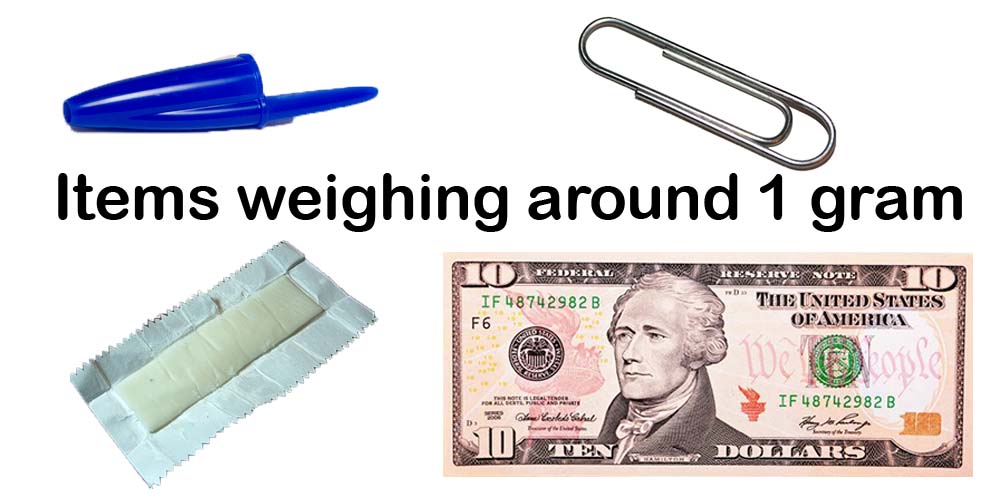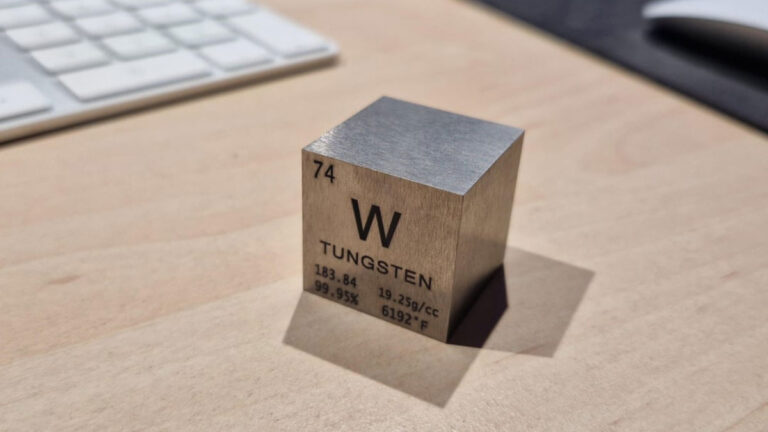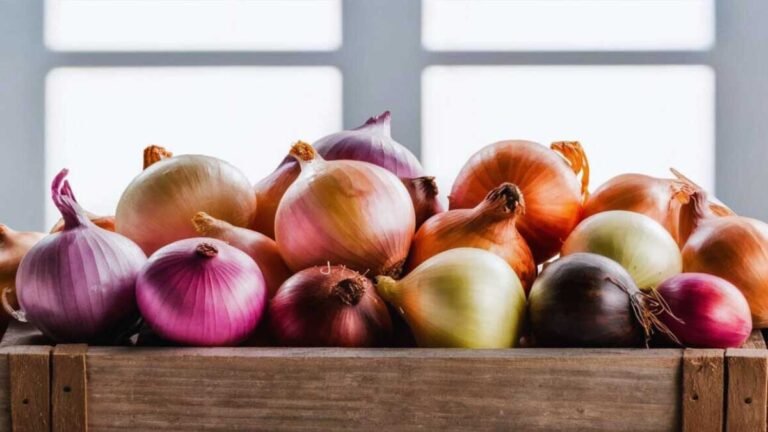Items That Weigh 1 Gram: Everyday Examples and Uses
Ever wondered what weighs just a single gram? It’s surprising how many everyday items fit this tiny weight category. While a gram might seem insignificant, it’s an essential unit in various fields, especially in pharmaceuticals and cooking. With 1 gram equaling 0.035 ounces or 0.002 pounds, this lightweight measure is more common than you might think.
Imagine holding a paper clip or the cap of a ballpoint pen—each of these weighs about a gram. Other examples include a stick of gum, a US bill, or a raisin. These items are perfect references when you need to estimate weight without a scale. Understanding the gram’s significance can help you make precise measurements, whether you’re baking a cake or learning about nutrition.
Exploring these 1-gram items not only satisfies curiosity but also enhances your grasp of the metric system, the world’s most widely used measurement standard.
Key Takeaways
- Understanding the Gram: The gram is a crucial unit of mass in the metric system, used for precise and simplified measurement in various fields, including cooking and pharmaceuticals.
- Importance of Grams: Grams play a key role in cooking and medicine, offering precision in nutritional labels and medication dosages.
- Everyday Use: The gram is frequently used in everyday scenarios, such as nutritional content labeling and shipping costs, making it an essential part of daily life.
- Common 1-Gram Items: Familiar items like a paper clip, dollar bill, pen cap, raisin, and birthday candle each weigh approximately 1 gram and serve as handy references.
- Uncommon 1-Gram Items: Novel examples like a ¼ teaspoon of sugar, thumbtack, stick of gum, safety pin, and business card also weigh about 1 gram, highlighting versatility in small weight references.
- Measuring a Gram: Accurate measurement with a scale, supplemented by practical tips, ensures precision in tasks requiring weight measurement.
Understanding the Gram
The gram is the fundamental unit of mass in the metric and International System of Units. It’s widely used due to its precision and simplicity.
Importance of Measuring in Grams
Measuring in grams provides precision essential for cooking and pharmaceuticals. The gram is vital for nutritional labeling on food products, ensuring dietary accuracy. In pharmaceuticals, precise gram measurements dictate safe medication dosages. Grams facilitate consistency in ingredient measurements, enhancing recipe precision in culinary arts.
Everyday Use of Grams
Grams appear frequently in daily life. Foods on grocery shelves have nutritional content listed in grams, helping you track intake for a balanced diet. Kitchen scales often measure ingredients in grams, ensuring recipe accuracy. Additionally, grams are used in postage, where parcel weight often determines shipping costs. Items like paper clips and dollar bills serve as handy references to estimate a gram’s weight without a scale. Understanding grams simplifies interactions with these practical daily processes.
Common Items That Weigh 1 Gram
Grasping the weight of 1 gram enhances your understanding of everyday measurement. Several common items exemplify this weight and can serve as tangible references.
Paper Clip
A standard paper clip weighs about 1 gram. Found in offices and among school supplies, this item represents an accessible point of reference for gauging small weights.
US Dollar Bill
Any denomination of a US dollar bill weighs around 1 gram. This uniformity across bills provides a readily available physical measure.
Pen Cap
The cap of a ballpoint pen, such as the one from a Bic crystal pen, also tips the scale at approximately 1 gram. It’s a practical example found in most households and classrooms.
Raisin
A single raisin typically weighs 1 gram. This everyday food item allows you to easily visualize the weight without needing a scale.
Birthday Candle
A standard 2-inch birthday candle, when free of embellishments, weighs around 1 gram. It offers another illustrative example, helping to demystify this small unit of mass.
Uncommon Items That Weigh 1 Gram
Measuring 1 gram opens up a fascinating world of precision. While many items are familiar, some uncommon ones also help illustrate this light weight.
¼ Teaspoon of Sugar
A level ¼ teaspoon of fine grain sugar weighs approximately 1 gram. Other sugar types like confectioners or raw differ in weight.
Thumbtack
A standard thumbtack, often used on bulletin boards, typically weighs 1 gram. Specialty thumbtacks might weigh more depending on design.
Stick of Chewing Gum
Traditional long sticks of chewing gum, commonly seen in old-school packs, weigh about 1 gram each.
Safety Pin
A regular small safety pin used for securing items weighs roughly 1 gram. Larger pins will add more weight.
Business Card
Standard matte business cards are an easy reference at around 1 gram, proving practical in gauging such minor measurements without a scale.
How to Measure a Gram
Accurate weight measurements are crucial in many scenarios, from cooking to mailing packages. Since the gram is a key unit in the metric system, understanding how to measure it properly can enhance precision in various tasks.
Using a Scale
A scale provides the most accurate way to measure a gram. To begin, ensure your scale supports the metric system. Digital scales are commonly preferred for accuracy and ease of use, while mechanical scales are cost-effective. When using a scale, place the item directly on the platform for measurement. If the item can’t be placed directly—like liquids or powders—first weigh the container and then subtract its weight from the total.
Practical Tips for Accuracy
For an enhanced measurement experience, verify that the scale is on a flat surface. Zero the scale or use the tare function to adjust for container weight before measuring the item. Keep a conversion chart handy for reference; knowing that 1 gram is equivalent to about 0.035 ounces aids in comparing measurements. Consider calibrating your scale periodically, especially if it’s frequently used, to maintain accuracy. When weighing very light items like a single raisin or a thumbtack, multiple samples can be measured collectively and then divided to find the average weight.
Conclusion
Recognizing the weight of a gram can significantly enhance your daily activities, from cooking to mailing packages. By familiarizing yourself with common items that weigh about 1 gram, you gain practical insights into measurement and the metric system. Whether you’re measuring ingredients for a recipe or ensuring accurate postage, understanding this small yet crucial unit of mass can simplify your tasks. Embrace the precision and simplicity of the gram to make informed decisions in your everyday life.







